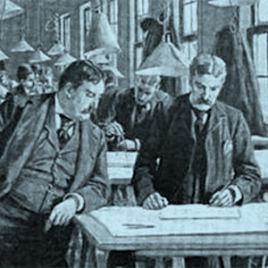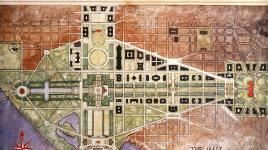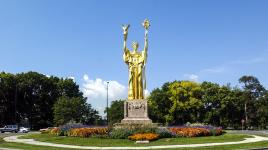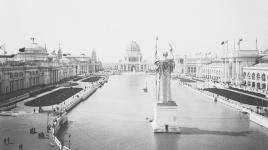Pioneer Information
This Chicago-based architectural firm was the successor to Burnham & Root, which was begun in 1873 by Daniel Burnham and John Root, who met in 1872 while working together in the offices of Carter, Drake & Wight. Under the aegis of their new firm, the two men were innovators in developing the skyscraper. When John Root died in 1891, the firm was renamed D.H. Burnham & Company, and its most prestigious work lay ahead. Burnham served as director of works for the World’s Columbian Exposition of 1893, collaborating with Frederick Law Olmsted, Sr., and others to create a Beaux-Arts vision of symmetry and monumentality that would inspire the City Beautiful movement.
Charles Atwood, who designed buildings for the 1893 Exposition, soon joined D.H. Burnham & Company, which continued to receive important commissions in Chicago, but also grew to national prominence, building skyscrapers, railway stations, and large commercial buildings in Buffalo, Pittsburgh, Philadelphia, London, and other cities. The Flatiron Building in New York City is among the firm’s most iconic structures, as is Union Station in Washington, D.C. In the wake of the success of the “White City,” Burnham worked on the McMillan Commission, which aggrandized the central core of the nation’s capital, and the firm produced large-scale plans for Cleveland, San Francisco, and Manila (in the Philippines), among other cities. Although only partially realized, Burnham’s Plan of Chicago (1909) is considered a landmark in urban planning. When Burnham died in 1912, the firm boasted nearly 200 employees. Control then passed to partner Ernest Graham and Burnham’s two sons, Daniel, Jr., and Hubert, and the name was changed to Graham, Burnham & Company. When the sons departed the firm in 1917, it became Graham, Anderson, Probst & White.












